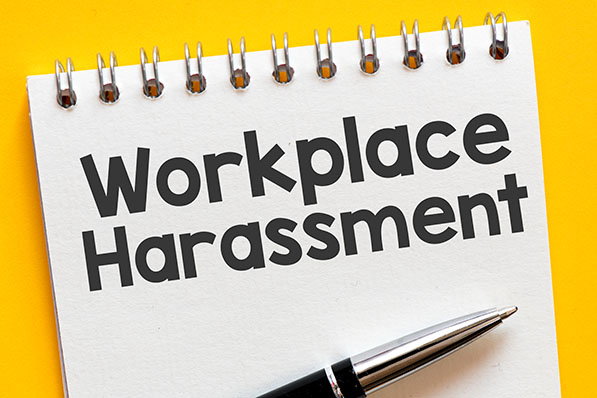On April 29, 2024, the U.S. Equal Employment Opportunity Commission (EEOC) published its updated “Enforcement Guidance on Harassment in the Workplace.” This new guidance updates, consolidates and replaces the EEOC’s five guidance documents — the most recent one was last updated in 1999 — and is now a single, unified EEOC resource on workplace harassment, incorporating over 70 examples of unlawful harassment.
This new guidance expands on a wide variety of harassment issues, including harassment involving workers aged 40 or older, immigrant workers and survivors of gender-based violence. It also highlights that harassment can originate not only from coworkers and supervisors but also from customers, contractors and other third parties.
Another issue addressed is how to manage religious expression that may impact the workplace. It highlights scenarios where religious persuasion may become problematic if continued after an objection, guiding employers on when to intervene to prevent a hostile work environment.
Additionally, this guidance addresses how modern technology can impact workplace harassment, such as expanding virtual work environments and using technology and social media. It clarifies that electronic communications — whether through private phones, computers or social media accounts — can impact the workplace, even if it doesn’t occur in a work-related context. For instance, in the guidance, examples 56 and 57 explains how conduct on social media outside of the workplace can both contribute or not contribute to a hostile work environment.
Further, this guidance reinforces protections for LGBTQ+ employees, particularly emphasizing that harassing transgender workers may violate Title VII. Key examples of such harassment mentioned in the guidance include denial of appropriate bathroom access, intentional misgendering and harassment based on non-conformity to gender stereotypes.
In addition to the guidance, the EEOC issued several educational resources: “Summary of Key Provisions,” “Questions and Answers” for employees and a fact sheet specifically designed for small businesses.
California employers should pay attention to the EEOC’s guidance. Californians filed 10,309 discrimination charges with the EEOC in fiscal year 2022. The updated EEOC guidance illustrates a broad spectrum of harassment scenarios, which can occur even in virtual work environments. With so many potential workplace harassment scenarios, employers should not lose sight of their harassment prevention training obligations. Employers must focus on prohibiting all harassment in the workplace, including an employee’s remote work location.
This EEOC guidance is only meant to provide clarity regarding existing workplace harassment requirements and EEOC policies. Employers should use this guidance as a resource.
Vanessa M. Greene, J.D., Employment Law Subject Matter Expert, CalChamber
CalChamber offers both interactive in-person and online training that fulfills legal compliance obligations for both supervisors and nonsupervisors. CalChamber Preferred and Executive Members receive 20 percent off training. Not a member? See what CalChamber can do for you.





